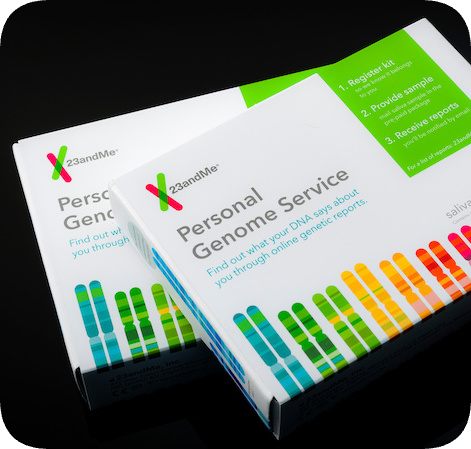Since the discovery of DNA’s structure in the 1950s, scientists have predicted a future where doctors could analyze a patient’s genes to identify and even prevent certain diseases. The medical industry seemed to be moving closer to that goal in 2007 when 23andMe became the first company to release a direct-to-consumer genetic test. Named for the 23 pairs of chromosomes in human DNA, 23andMe analyzed saliva samples from customers to show their ancestry and predispositions to diseases like cancer and cystic fibrosis. 23andMe became one of the hottest startups in the world, and its valuation topped $6 billion at its peak in 2021.
But things didn’t work out as planned. Most people don’t have any red-flag mutations in their genome, so consumers found little value in their test results beyond learning about their ancestry. Even if someone did find an elevated risk for a health condition in their results, there wasn’t much they could do about it. Without continued feedback or personalized wellness plans, 23andMe struggled to convert one-time buyers into subscribers. The company started burning through cash, and after several rounds of layoffs, its entire board of directors quit last month. 23andMe is now worth less than $200 million.
It’s possible that CEO Anne Wojcicki will sell the company, which means 23andMe’s enormous database of sensitive genetic data on 15 million customers would belong to the new buyer. Since the data isn’t protected by health-privacy laws, it’s unclear what that would mean for people who’ve used 23andMe. “There’s a lot of ways that this data might be misused or used in a way that the consumers couldn’t anticipate when they first bought 23andMe,” said Suzanne Bernstein, a law fellow at the Electronic Privacy Information Center. For example, insurance companies could buy and use genetic predispositions data to deny a life, disability, or long-term-care policy to someone even if they never actually develop the condition. What happens next depends on if the company sells and what the new buyers want to do with its massive trove of genetic data.
Questions:
- Why couldn’t 23andMe convert one-time buyers into longtime subscribers?
- What are the risks of selling a company that owns private health data?
Sources: Allison Morrow, “What Happened to 23andMe?” CNN, Sept. 20, 2024; Kristen V. Brown, “Remember That DNA You Gave 23andMe?” The Atlantic, Sept. 27, 2024.

